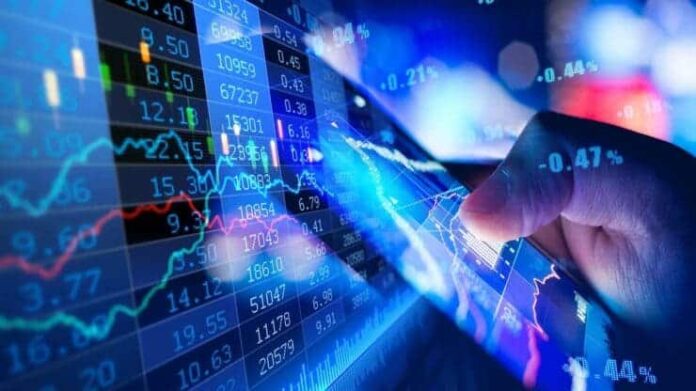Not long ago, the idea of the euro and the US dollar reaching parity sounded dramatic. Then it happened. For the first time in two decades, EUR/USD hit one-to-one, shaking headlines and challenging long-held assumptions about currency strength. Since then, the pair has rebounded, but the conversation remains. Could parity return again? And what would bring the euro back down to that psychologically significant level? For anyone engaged in EUR/USD trading, this is more than a headline. It is a real scenario that could shape strategy for months or years.
What Parity Really Represents
Parity is not just a number. It is a symbolic level that signals equal value between two of the world’s most traded currencies. When EUR/USD reaches 1.0000, it captures attention across global markets. It reflects not just exchange rates but confidence, economic divergence, and monetary policy contrast. In EUR/USD trading, parity often acts as a magnet. It draws price toward it and can create heavy volatility around that level due to its psychological pull on traders and institutions alike.
Diverging Central Bank Policies Still in Focus
One of the primary drivers behind the move to parity in the past was the policy gap between the Federal Reserve and the European Central Bank. As the Fed aggressively raised interest rates to combat inflation, the ECB remained cautious for longer. The resulting yield differential made the dollar more attractive, pulling EUR/USD lower. Looking ahead, whether parity returns will depend heavily on how these two central banks navigate future inflation cycles. If the Fed resumes hiking while the ECB pauses or pivots to easing, EUR/USD trading could once again flirt with parity.
Economic Growth and Structural Concerns in Europe
Growth prospects within the eurozone also play a major role in long-term forecasts. While the United States continues to show resilience in consumer spending and labor markets, the eurozone faces more frequent slowdowns in core economies like Germany and Italy. If these weaknesses deepen or remain persistent, it could apply steady downward pressure on the euro. Traders watching EUR/USD trading over the long term will need to monitor not just headlines but data trends that signal deeper economic divergence.
External Shocks and Risk Sentiment Shifts
It is not always about central banks or GDP figures. Currency markets are also shaped by external events. Energy crises, geopolitical instability, and global recession fears often send investors toward safer assets. The US dollar is still considered a safe haven, and during times of fear, demand rises. If another global shock hits and market participants reduce risk exposure, a renewed rush to the dollar could drive EUR/USD lower. For EUR/USD trading, these moments often bring high volatility and large directional moves.
Technical Perspective and the Roadmap to Parity
Looking at the longer-term chart, EUR/USD has bounced back from parity but has not convincingly reclaimed its former strength. Resistance near the 1.10 area remains significant. If the pair fails to break higher and starts forming lower highs, traders may begin anticipating a retest of the parity zone. Technical analysis does not predict headlines, but it does reflect market sentiment. In EUR/USD trading, momentum indicators, price structure, and volume at key levels provide early clues when sentiment shifts.
Market Memory and the Return Factor
There is also the matter of market memory. Traders remember the last trip to parity, and many were caught on the wrong side of it. If the pair starts sliding again, the memory of the past decline can intensify momentum. Stops get triggered. Institutional flows accelerate. The more traders believe parity is in reach, the more likely it becomes a self-fulfilling move. That is the power of narrative in EUR/USD trading, where technical levels and emotional reactions often intersect.
Whether parity comes back is not just about numbers. It is about narratives, expectations, and how key players respond to changing conditions. The euro and the dollar will always compete for dominance, and their balance reflects the larger shifts in global economics and monetary direction. While there is no guarantee parity will return soon, the path toward it remains open. For traders, it is not about predicting the exact moment. It is about staying ready if and when the market begins to lean that way.















